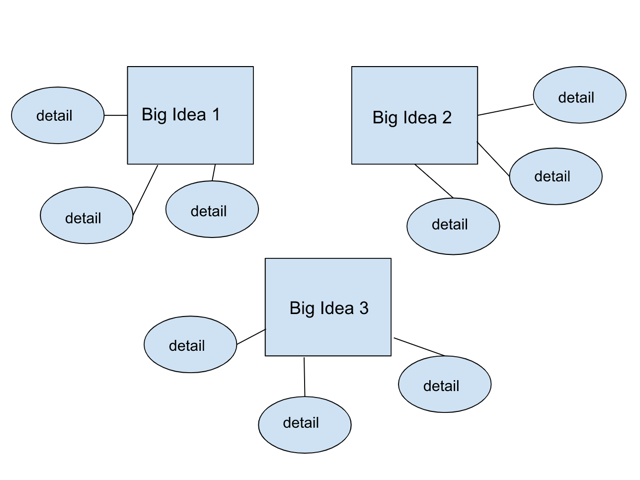
What Is Covered on the STAAR® Algebra I Test?
The State of Texas Assessment of Academic Readiness® (STAAR) program conducts tests for elementary and middle school students and for specific courses in high school. Algebra I is one of these courses. This test is mandatory and is given after the completion of the course. To graduate from high school in Texas, a student must receive a passing score on this test.
There are three levels of scores based on the percentage of correct answers. Advanced Academic Performance (Level III) and Satisfactory Academic Performance (Level II) are considered “passing”. Unsatisfactory Academic Performance (Level I) is not.
What to Know about the Algebra I Test
The STAAR Algebra I test is timed and must be completed within four hours, on the same day. Breaks for lunch and rest periods can stop the clock. Breaks for snacks and bathroom use do not. There are a total of 54 questions on the test. Of these, 49 are multiple choice and five must be solved by the student with the answers entered on a grid.
Calculators are permitted, and paper and reference material will be provided with the test booklets. The test is generally given at a testing site, but there are provisions for online completion of the test. Special accommodations may be made for students who qualify. Assistance supports are also available, but must be coordinated with the campus coordinator.
What Is Measured by the STAAR Algebra I Test?
The test is designed to measure the student’s understanding of mathematics by applying it to solving everyday problems and analyzing given information to reach a solution. To do this, the test focuses on five reporting categories, and has questions from each of them. These categories are listed below, with some examples of each:
Category 1: Number and Algebraic Methods
- Addition and subtraction of polynomials
- Simplifying numerical and algebraic expressions
- Applying mathematical processes to write, solve, and analyze equations
- Rewriting polynomial expressions
- Factoring trinomials
Category 2: Describe and Graph Linear Functions, Equations, and Inequalities
- Graph the solution set of linear inequalities
- Determine the slope of a line
- Calculate the correlation coefficient between two quantitative variables
- Graph linear functions on the coordinate plane
Category 3: Writing and Solving Linear Functions, Equations, and Inequalities
- Solve one-variable linear equations using the distributive principle
- Write systems of two linear equations given a table of values
- Write and solve linear equations
- Write the equation containing a given point being equal to a given line
Category 4: Quadratic Functions and Equations
- Determine the domain and range of quadratic functions
- Write quadratic functions given real solutions and graphs of related equations
- Graph quadratic functions on the coordinate plane including x & y axes
- Solve quadratic equations by factoring, using square roots, and using the quadratic formula
Category 5: Exponential Functions and Equations
- Show an understanding of how to write or describe exponential functions
- Formulate and evaluate statistical relationships against common data
- Apply standard mathematical processes when using properties of exponential functions
How to Prepare for the STAAR Algebra I Test?
Remember, one of the purposes of any math test is to show that you can apply what you have learned. This test will be taken once you have completed Algebra I. The concepts should be fresh in your mind. Also, you should have a textbook to use as a study guide. Begin by reviewing the definitions you have been presented in the book. Then practice doing sample problems in each area. This should be sufficient for a successful outcome.
Also, use our expertly crafted test prep materials for the STAAR Algebra I test.
Don’t concentrate on how you are being evaluated, or which category the questions cover. Solving the problems is the key to success. Enough practice will make the test seem easier. Good luck!
Keep Reading

STAAR test Blog
Tone and Key Words for Persuasive and Expository Writing
The STAAR® test, like many assessments, includes a writing component. W…

STAAR test Blog
How to Outline Quickly before Writing
The following strategies can be used in regular classroom writing assig…

STAAR test Blog
How to Break Down a Writing Prompt
Writing prompts and essay questions often have a reputation for being d…